Wild Dolphin Updates
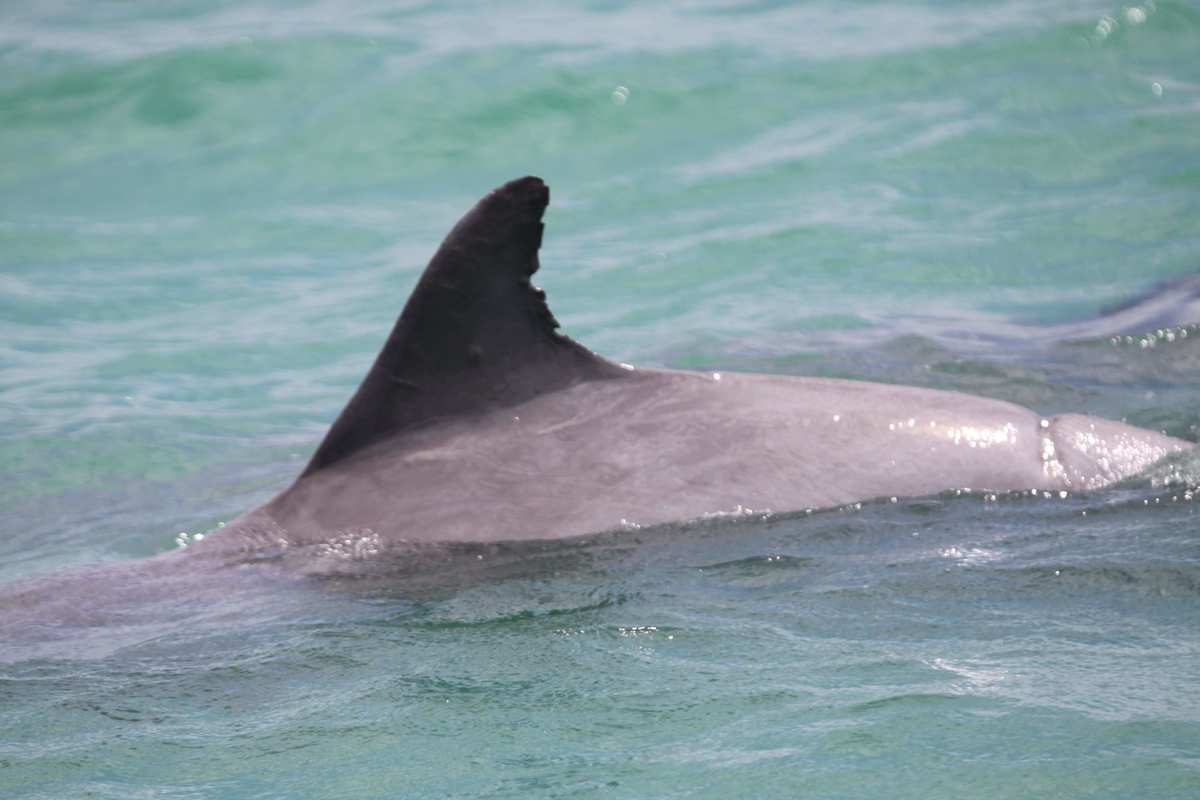
Using Physical Features for Dolphin Photo Identification
Dolphins are air-breathing mammals, this means that about 99.9% of the time, when they surface to breathe, their dorsal fin is visible. For our photo-identification efforts, this makes capturing a photo of a fin relatively easy. Let’s consider, however, how one would identify bottlenose dolphins if a dorsal fin was not visible.
Tail Flukes
Flukes are made up of dense tissue similar to that of a dorsal fin. Further, like the dorsal fin, the tail flukes help a dolphin thermoregulate. Being similar extremeties, flukes, like the dorsal fin, also acquire nicks and notches. Hypothetically, this means that tail flukes could be used for photo identification. However, unlike the dorsal fin, tail flukes are more rarely seen above the water and often it can be difficult to differentiate dolphins in a group using the flukes.
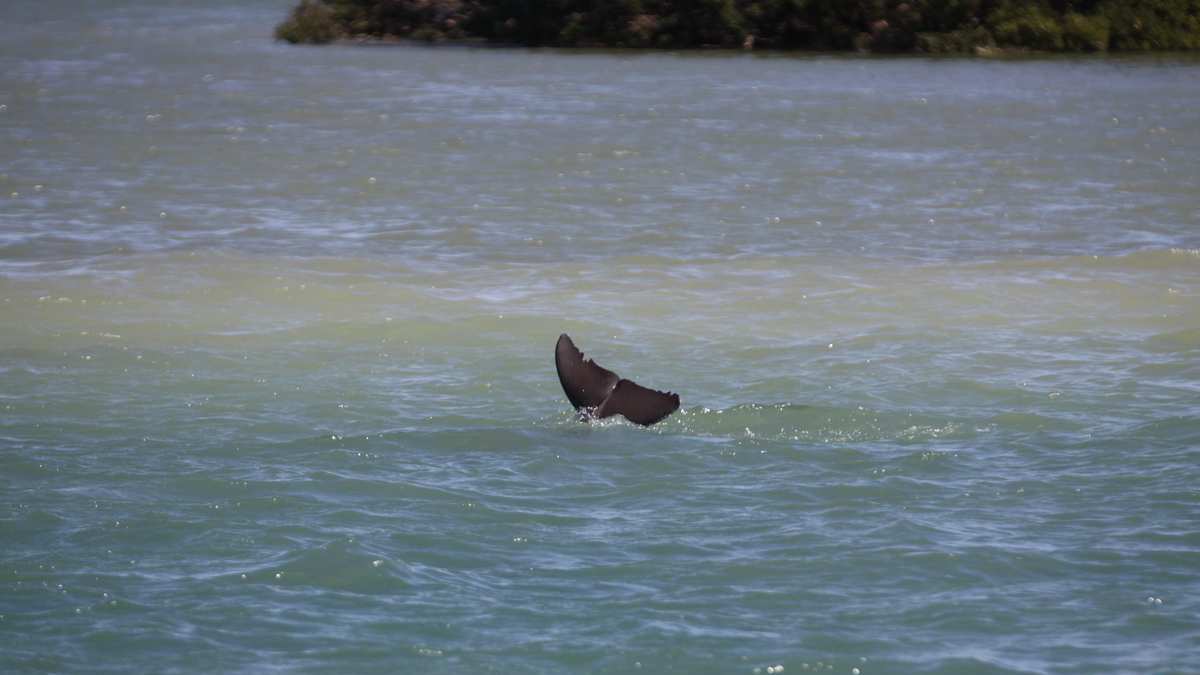
Scarring
Like all animals, dolphins are subject to injuries both natural and man-made. In some instances, scars persist as a result of certain interactions between a dolphin and something in its environment. For some animals, scar patterns may be the only way to confirm an animal has been re-sighted. For example, there are some animals in the population with very similar dorsal fins. In cases such as this, subtle features, such as a peduncle scar, allow us to tell one animal from its ‘’twin.”
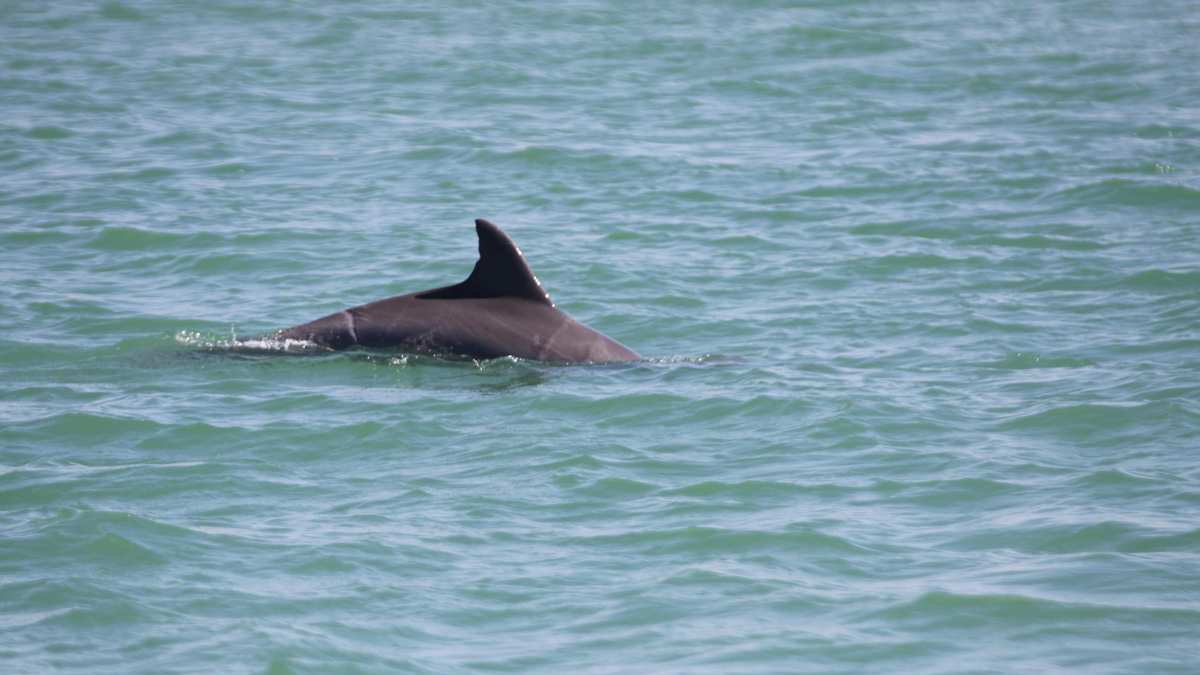
Shark Bites and Other Scars
Many scars are a result of predatory shark interactions like that of the large scar seen below on Pirate’s right lateral side.
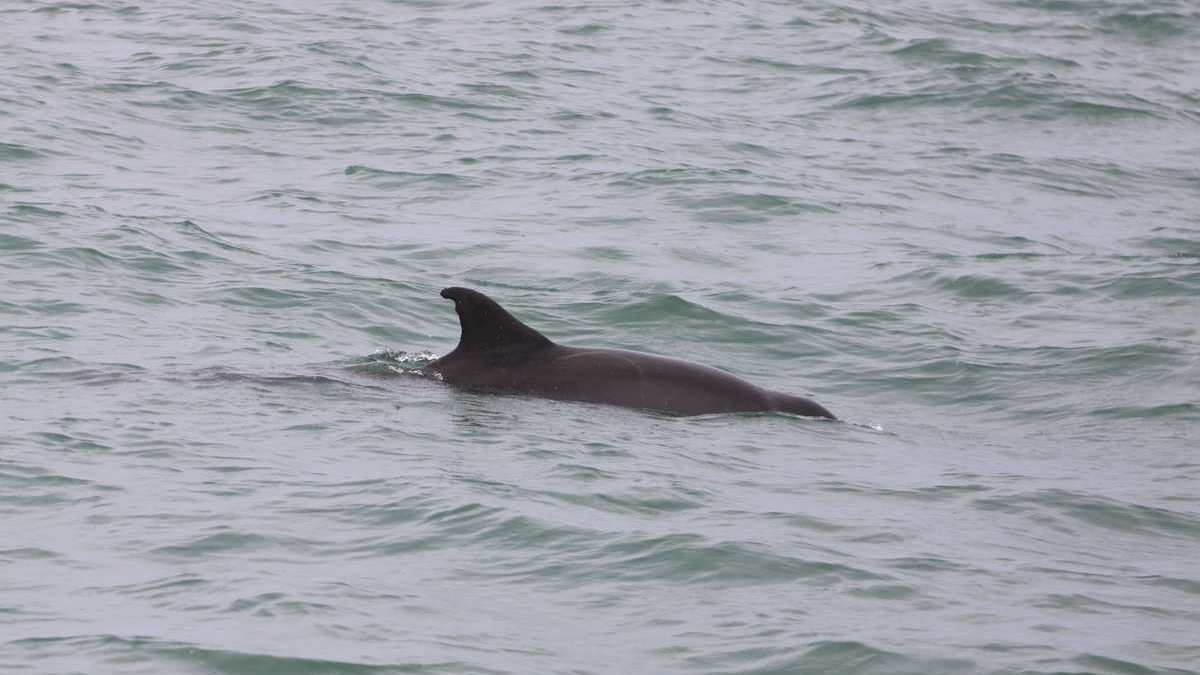
Most animals in the population have at least one shark bite scar, however, with individuals known to beg (i.e. go to boaters and fishers for food), we suspect some scars have been acquired from human interaction.
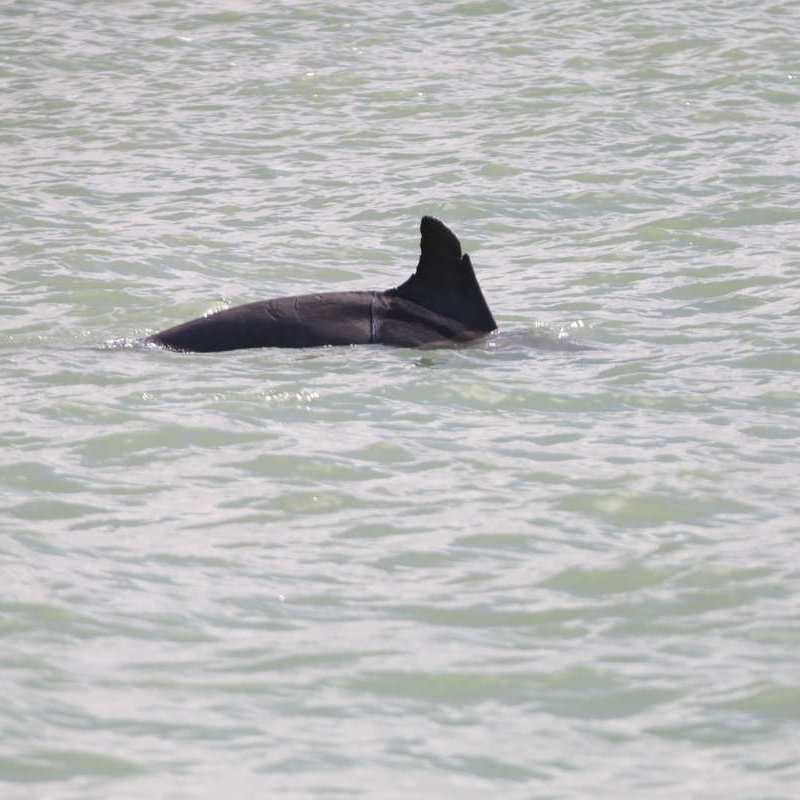
It is important to never approach or feed a dolphin in the wild. This can potentially be dangerous and will encourage behavior that can harm the animal in future encounters. It is also illegal to harass or get near wild dolphins without a permit under the authority of the Marine Mammal Protection Act. Remember to responsibly view dolphins in the wild and only book excursions with Dolphin SMART partners.
Learn more about our local wild dolphin population on a Dolphin Adventure Tour.
Contributed by Savannah Gandee & Chelsea Carter, CMA Education Team. Research conducted and photographs collected under the NMFS Scientific Research Permit No. 19749.